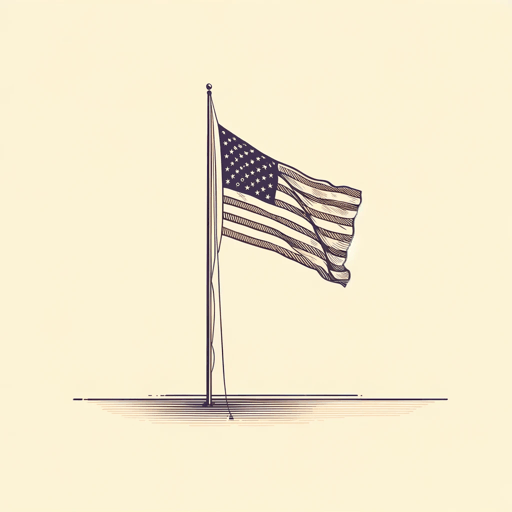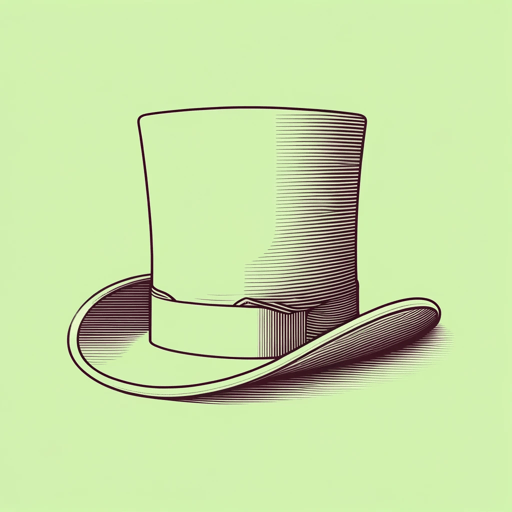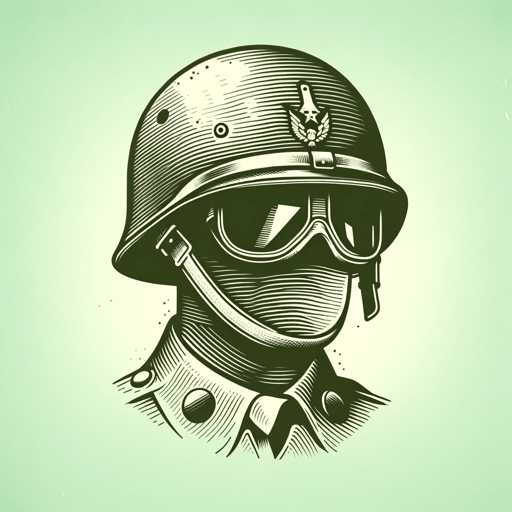60 pages • 2 hours read
Bill O'Reilly, Martin DugardKilling Kennedy: The End of Camelot
Nonfiction | Book | Adult | Published in 2012A modern alternative to SparkNotes and CliffsNotes, SuperSummary offers high-quality Study Guides with detailed chapter summaries and analysis of major themes, characters, and more.
Summary and Study Guide
Overview
Killing Kennedy: The End of Camelot (2012), by Bill O’Reilly and Martin Dugard, tells the story of the Kennedy presidency and its tragic end on November 22, 1963. O’Reilly and Dugard present an episodic narrative designed to build maximum drama before culminating in President John F. Kennedy’s assassination.
Killing Kennedy does not attempt to be a comprehensive biography. Nor does it linger on political analysis. Instead, it describes the people, events, and circumstances surrounding the Kennedy presidency, while at the same time never losing sight of the president’s impending murder. O’Reilly and Dugard maintain this dual focus on present and future by adopting the theme of the Kennedy White House as America’s Camelot, a popular and myth-based view of the Kennedy administration as a time where beautiful, young, and courageous people lived for an idealized notion of public service and brought hope to others. The authors do not advance this theme in a Pollyanna way, but they do find truth in the Camelot narrative, particularly when viewed through the lens of First Lady Jacqueline Kennedy’s actions and experiences.
Killing Kennedy follows Killing Lincoln (2011) in the Killing series of books coauthored by O’Reilly and Dugard. To further their quasi-sequel approach, O’Reilly and Dugard make frequent references to the numerous odd coincidences and other factors that connect the Lincoln and Kennedy presidencies. O’Reilly and Dugard acknowledge that the American public’s decades-long fascination with the Kennedy murder stems from widespread suspicion that assassin Lee Harvey Oswald did not act alone. Here Killing Kennedy occupies middle ground. On one hand, the authors insist that their account of the assassination goes only as far as the facts allow. They highlight Oswald’s role in the crime, cite the controversial 1964 Warren Commission report as evidence, and embrace no single conspiracy theory. On the other hand, O’Reilly and Dugard use the book’s episodic structure to identify a number of individuals and organizations with strong motives for wanting the president dead. In this way, without deviating from the authors’ fact-based approach, Killing Kennedy offers an extensive array of possible collaborators in the Kennedy assassination.
Summary
O’Reilly and Dugard divide the book into three parts, which include 27 chapters, plus an introductory note to readers, the Prologue, the Afterword, and the Epilogue. The Prologue and each chapter begin by setting the scene: date, location, and time of day. As the narrative builds toward the assassination, scenes shift more quickly, and chapters grow shorter. O’Reilly and Dugard utilize these changes of pace for dramatic purposes.
In “A Note to Readers,” O’Reilly reflects on the moment when, as a high-school freshman, he learned of the Kennedy assassination. This brief introduction also establishes the Kennedy-Lincoln Connection by identifying seven unusual coincidences in the lives and assassinations of the two presidents. The Prologue sets the scene on Inauguration Day, when Kennedy took the Presidential Oath of Office. O’Reilly and Dugard introduce a number of key figures, including Robert F. Kennedy, the president’s brother and incoming US Attorney General; Lyndon B. Johnson, the new vice president; and Lee Harvey Oswald, future assassin. Most important, the Prologue hints at the thematic significance of First Lady Jacqueline Kennedy and the Making of Camelot.
Part 1, “Cheating Death,” begins with a chapter on Kennedy’s desperate, days-long struggle for survival—his own and his crewmen’s—during World War II, when a Japanese destroyer collided with the patrol torpedo boat (PT-109) he commanded. O’Reilly and Dugard describe this incident at length and conclude that the ordeal transformed young Kennedy from a frivolous playboy into a serious leader. After this lone flashback, the remainder of Part 1 focuses on the first two years of the Kennedy presidency, when both aspects of Kennedy’s character—pleasure seeker and serious leader—revealed themselves. Multiple chapters focus on the president’s reckless sexual escapades, the parade of women who moved through his life in the process, and the dignified manner in which a wounded Jackie Kennedy tried to cope with these betrayals. Other chapters show President Kennedy as commander-in-chief, making crucial decisions in the midst of two major foreign-policy crises. During the disastrous April 1961 Bay of Pigs Invasion, the president failed to act on his better judgment and made enemies in both the CIA and Pentagon. Eighteen months later, in the midst of the October 1962 Cuban Missile Crisis, a more experienced and resolute Kennedy helped steer the nation away from nuclear war. O’Reilly and Dugard narrate the Cuban Missile Crisis in Chapter 7, which is also the book’s lengthiest chapter. This episode bookends Kennedy’s PT-109 experience. Since it covers nearly two full years of a presidency that lasted fewer than three, Part 1 introduces nearly every individual or group who came to view President Kennedy as an obstacle or even an outright enemy; it also offers regular glimpses into The Troubled Mind of Lee Harvey Oswald.
Part 2, “The Curtain Descends,” includes covers January through October of 1963. The Cuban Missile Crisis, which threatened annihilation, brought the president and first lady closer together than ever. Jackie became pregnant. O’Reilly and Dugard describe the first half of 1963 as the time when the Camelot myth of the Kennedy White House came closest to reality. The first couple’s popularity soared. On the global front, President Kennedy looked forward to the day, most likely following his anticipated reelection in 1964, when he could withdraw US troops from a developing quagmire in Vietnam. 1963’s most significant events, however, occurred at home. Martin Luther King Jr. took the Civil Rights Movement to new heights, while Attorney General Bobby Kennedy took the lead in aligning the administration with civil rights and, more cautiously, with King. The Kennedys’ stance on civil rights made them unpopular with FBI director J. Edgar Hoover, who falsely regarded civil rights leaders as Communists in disguise. It also made the Kennedys unpopular with violent segregationists in the Deep South. O’Reilly and Dugard suggest that this waning support prompted the president to agree to a November 1963 fundraising visit to Texas. On the personal front, Camelot collapsed when the first lady prematurely gave birth to a son who weighed less than five pounds and lived only 39 hours. Jackie Kennedy was only slowly emerging from her grief when the president asked her to join him on a campaign trip to Texas. Meanwhile, Lee Harvey Oswald grew more delusional, more committed to Communism, and more desperate to prove himself a great man.
Part 3, “Evil Wins,” describes the days and minutes leading up to the assassination in eight short chapters. Scenes shift, and the narrative pace quickens. The primary action moves to Dallas, Texas. In late October, Adlai Stevenson, US Ambassador to the United Nations, endured physical abuse from anti-UN protesters in Dallas. On November 1, three weeks before the assassination, an FBI agent interviewed Oswald’s wife and her friend, noting that Oswald had a new job at the Texas School Book Depository overlooking Dealey Plaza. The Secret Service and Dallas Police Department mapped out the president’s motorcade route, which was then published in local newspapers. Chapters 23 to 25 describe the events of the morning and early afternoon of November 22, 1963, from the time Oswald awakened to the moment the president suffered the fatal head wound. Then, Chapter 26 breaks the pattern of short, scene-shifting chapters. It narrates the events that unfolded after the presidential motorcade raced toward Parkland Hospital, where the president was pronounced dead at 1:00 p.m. local time. Shortly thereafter, Lyndon B. Johnson was sworn in as president aboard Air Force One, and Oswald was apprehended at the Texas Theater. O’Reilly and Dugard avoid speculation about possible conspirators. Their forensic account assumes that the fatal shot came from Oswald’s rifle. They conclude Chapter 26, the book’s penultimate chapter, with Jack Ruby’s murder of Oswald on the morning of Sunday, November 24.
O’Reilly and Dugard pursue the investigation no further. Instead, they focus on the crime’s human dimensions. In Chapter 27, they revisit the Camelot theme with two of Jackie Kennedy’s post-assassination public statements, a Life magazine interview and a recorded newsreel thanking Americans for their love and support. She told Life magazine, “There’ll never be another Camelot” (294). Finally, the authors conclude by returning to the Kennedy-Lincoln theme. In the hours following the assassination, Jackie Kennedy secured the help of researchers to ensure that her husband’s funeral looked as much like President Lincoln’s 1865 funeral as possible. The book’s one-page epilogue features a scanned copy of a letter President Kennedy wrote in 1962 to mark the centennial of Lincoln’s Emancipation Proclamation.
Related Titles
By these authors
Featured Collections
9th-12th Grade Historical Fiction
View Collection
Books About Leadership
View Collection
Books on U.S. History
View Collection
Challenging Authority
View Collection
Civil Rights & Jim Crow
View Collection
Loyalty & Betrayal
View Collection
Nation & Nationalism
View Collection
Politics & Government
View Collection
Power
View Collection
True Crime & Legal
View Collection
Vietnam War
View Collection
War
View Collection





